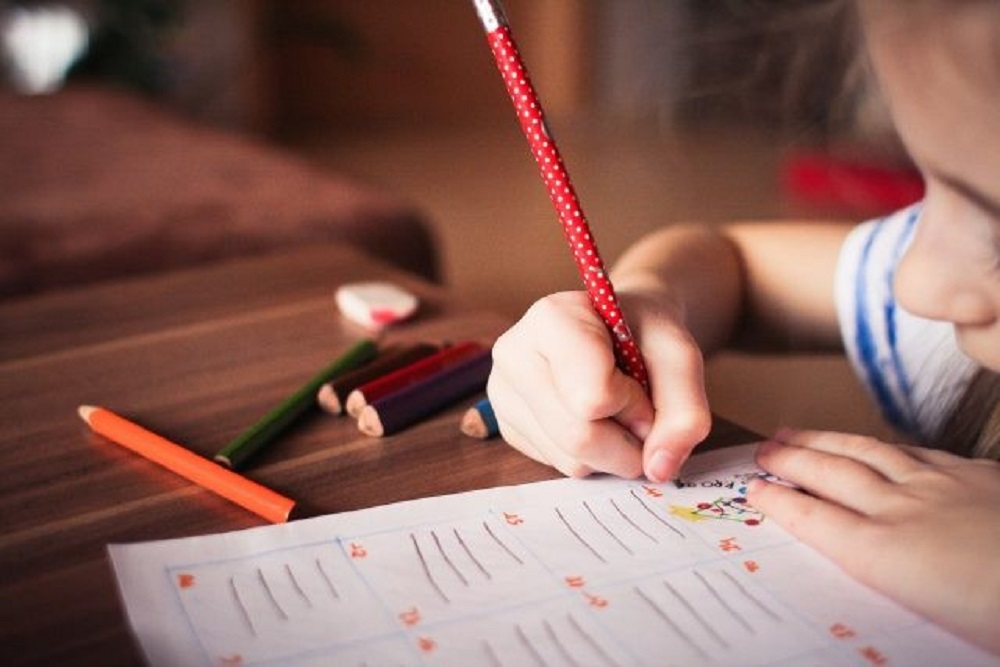In the pursuit of a well-rounded education system, the interplay between learning and well-being has gained significant recognition. Education is not solely about acquiring knowledge; it is also about nurturing the overall well-being of students. When we talk about Fikrah, well-being in an educational context. We refer to the physical, mental, emotional, and social health of learners.
These dimensions of well-being are interconnected and have a profound impact on a student’s ability to learn effectively and thrive academically.
Mental and emotional well-being plays a pivotal role in a student’s capacity to learn. A positive mental state enhances cognitive abilities, memory retention, and problem-solving skills. On the other hand, stress, anxiety, or emotional distress can impede the learning process, hindering information absorption and academic performance.
Hence, schools and educational institutions must prioritize mental health support by fostering a supportive and nurturing environment.
Physical well-being is equally crucial. Adequate nutrition, regular exercise, and sufficient sleep contribute to a student’s overall health, energy levels, and concentration. Research has shown that physically active children tend to have better academic achievements, improved focus, and reduced behavioral issues.
Therefore, promoting physical activities and providing nutritious meals are essential aspects of a well-rounded education.
Moreover, the social aspect of well-being cannot be overlooked. Positive social interactions, empathy, and a sense of belonging are vital for student’s emotional development and academic success.
Schools that foster a sense of community and inclusivity create an environment where students feel valued and supported, leading to increased engagement and motivation to learn.
Conversely, learning can also have a significant impact on well-being. When students experience success and achievement in their academic pursuits, it boosts their self-esteem and confidence. However, high-pressure academic environments, excessive competition, and unrealistic expectations can lead to burnout and mental health issues.
Striking a balance between challenging students and providing appropriate support is crucial in maintaining a positive learning experience.
Click here to know more about “Health and Well-being”
Conclusion
The interplay between learning and well-being is a dynamic and intricate relationship that significantly influences a student’s educational journey. Schools and educators must recognize the importance of addressing the holistic well-being of their students, which includes mental, emotional, physical, and social aspects.
By creating a nurturing and supportive environment that fosters well-being alongside learning, we can empower students to reach their full potential academically and personally, setting them on a path to success in all aspects of life.

